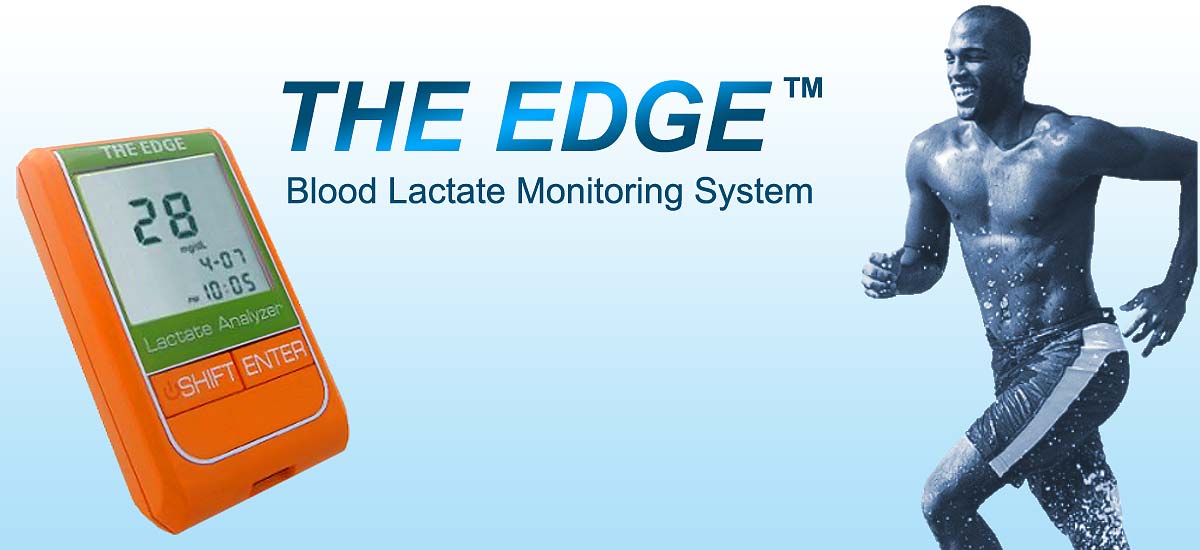

Why Measure Lactate?
Measuring Lactate Threshold is a common and effective method used by athletes and coaches to learn the highest intensity at which a person can train before "hitting the wall" from high levels of blood lactate. Lactate threshold testing can assist with determining an appropriate training intensity and is then subsequently used to monitor an athlete's conditioning progression. The procedure involves taking several blood samples from the finger or ear lobe for the assessment of blood lactate during periods of high-intensity training.
What is Lactate Threshold?
During the initial phase of a workout, your body uses the aerobic system to produce energy. However, when you demand energy faster than your aerobic energy system can produce it, your glycolytic energy system uses the anaerobic method to produce the needed fuel for your body. During this glycolytic process, your body has to clear the lactate from the blood and working muscles in order to process it back to useable fuels. Lactate threshold is the point at which the production rate of lactate exceeds the clearing process and blood lactate starts to rapidly accumulate in the muscles.
Why Lactate Threshold Matters
Your lactate threshold essentially defines the upper limit of your sustainable workout level in training and competition. Once you begin to rely on your glycolytic system for energy, you're exercising on borrowed time. The accumulation of blood lactate will hinder your muscles' ability to contract, and you will be forced to slow down or stop.
The more work you can do before reaching lactate threshold, the better. If the pace you can hold at your lactate threshold is higher than the pace your competitor can hold at his or her lactate threshold, you will exceed his or her performance level accordingly.
Lactate Threshold Testing Procedure
There are numerous protocols for conducting lactate threshold testing. In one method, the athlete rides on an electronically-braked bicycle starting at a fairly easy load. After the first four-minute stage, the workload is increased by approximately 25 watts every three minutes. Before the watts are increased, within the last 60-30 seconds of each stage, rate of perceived exertion (RPE), heart rate (HR) and blood lactate measurements are taken. Athletes typically ride about 7-8 stages, or until a breakpoint in your blood lactate values has been distinguished. This breakpoint area is known as your lactate threshold.
Lactate Threshold Training
For endurance training, interval workouts focused on improving performance at threshold should progress from 5-minute intervals to intervals of up to 20 minutes in length. Recovery between intervals should stay at about one third to half the length of the interval.
Training consists of progressing towards longer intervals of training with fewer rest periods. Through training, the body learns to contract muscles repeatedly with force and quickness without too much buildup of blood lactate. If the muscles can increase workloads or stress while maintaining a faster pace at aerobic levels, you can spare muscle glycogen while at the same time decreasing the amount of blood lactate produced.
The fastest and safest way to achieve peak performance is through methods proven through years of success. Lactate threshold testing is one such method, and is made possible through the use of the EDGE lactate meter.